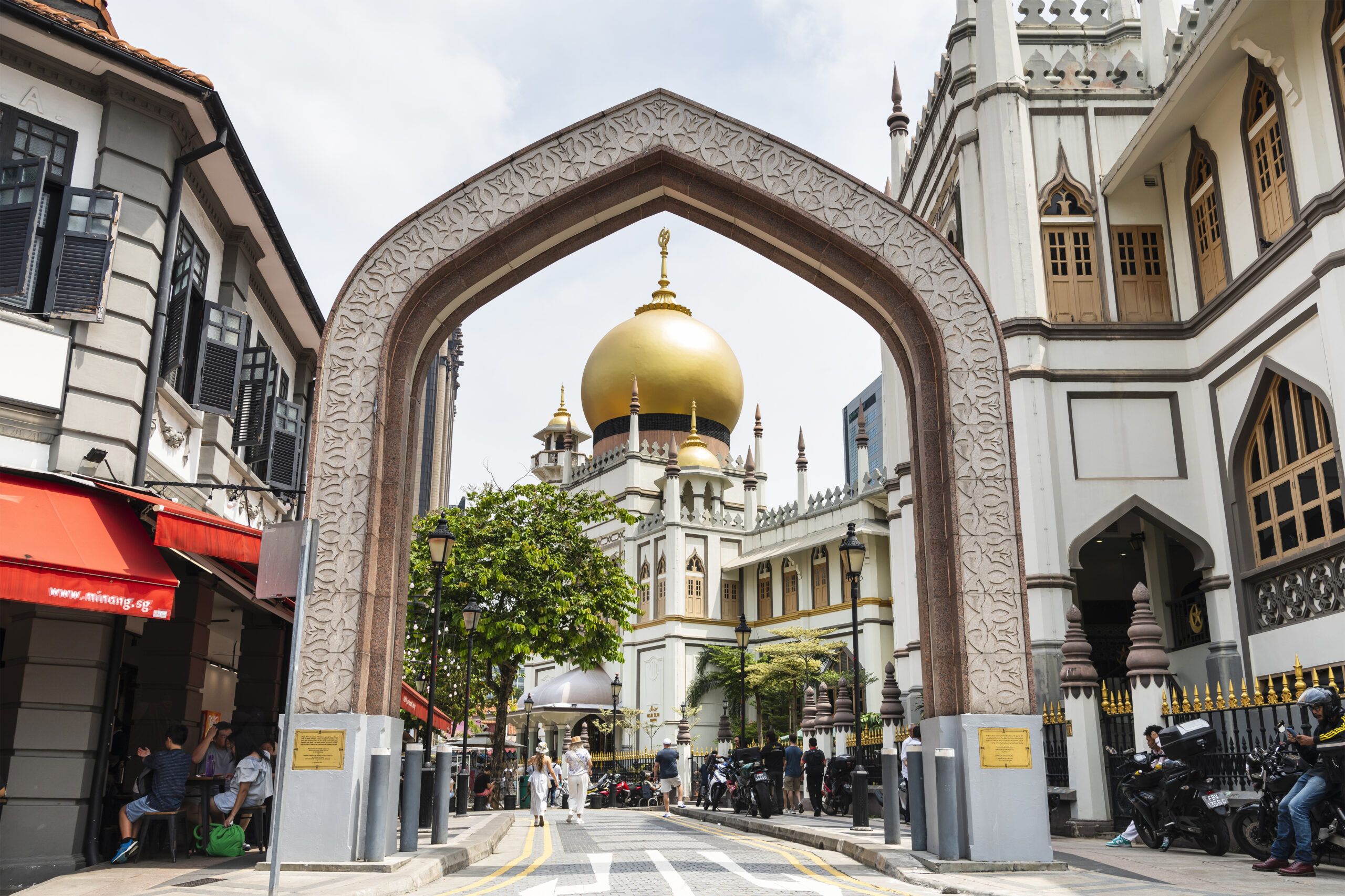When you think of world-class cycling cities, Amsterdam, Copenhagen, or perhaps Portland come to mind. Singapore? Not so much. Yet this Southeast Asian city-state is quietly planning one of the most ambitious urban cycling transformations on the planet.
800 Miles of Bike Paths by 2030
Traditionally, Singapore has never been synonymous with cycling culture, relying instead on its world-renowned public transportation system. But over the past fifteen years, a shift in mindset has emerged, prioritizing more eco-friendly and sustainable modes of urban transportation. Bike paths have gradually appeared throughout the metropolitan area and even extending toward neighboring Malaysia, totaling just over 435 miles of dedicated or semi-dedicated cycling infrastructure today. Impressive, but not nearly enough for a country with bigger ambitions—Singapore plans to double that figure.
The Singaporean government recently unveiled an ambitious plan for the end of the decade, aiming to transform Singapore into a sustainable city by offering cyclists more than 800 miles of exclusive bike lanes by 2030. It’s an audacious project, but knowing how efficiently this city-state operates, it seems entirely achievable.
Bike-Sharing for Less Than a Dollar
To complement this infrastructure push, the city has also rolled out a bike-sharing program for residents and tourists alike. Similar to systems like Citi Bike or Divvy, it costs just 1 Singapore dollar ($0.66 USD) for 30 minutes of riding—an attractive price point designed to get people pedaling.
With these combined efforts, Singapore may soon find itself joining the ranks of the world’s premier cycling cities. Who knows? In a few years, we might be talking about Singapore in the same breath as Amsterdam when it comes to urban cycling culture.

